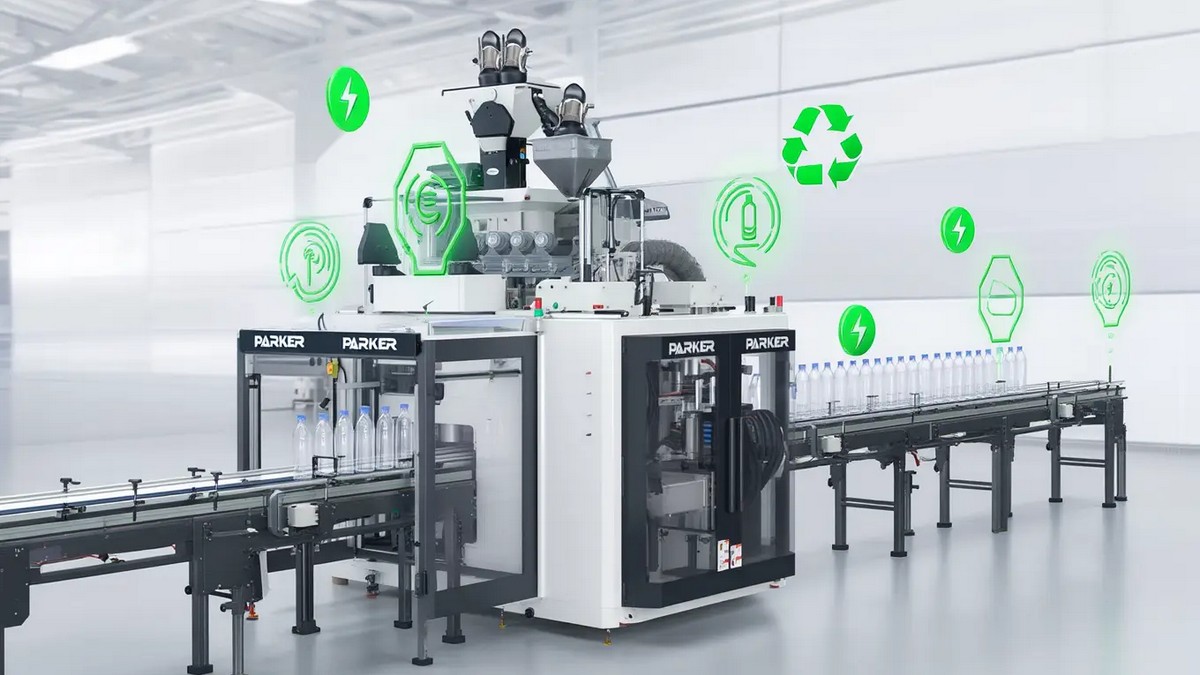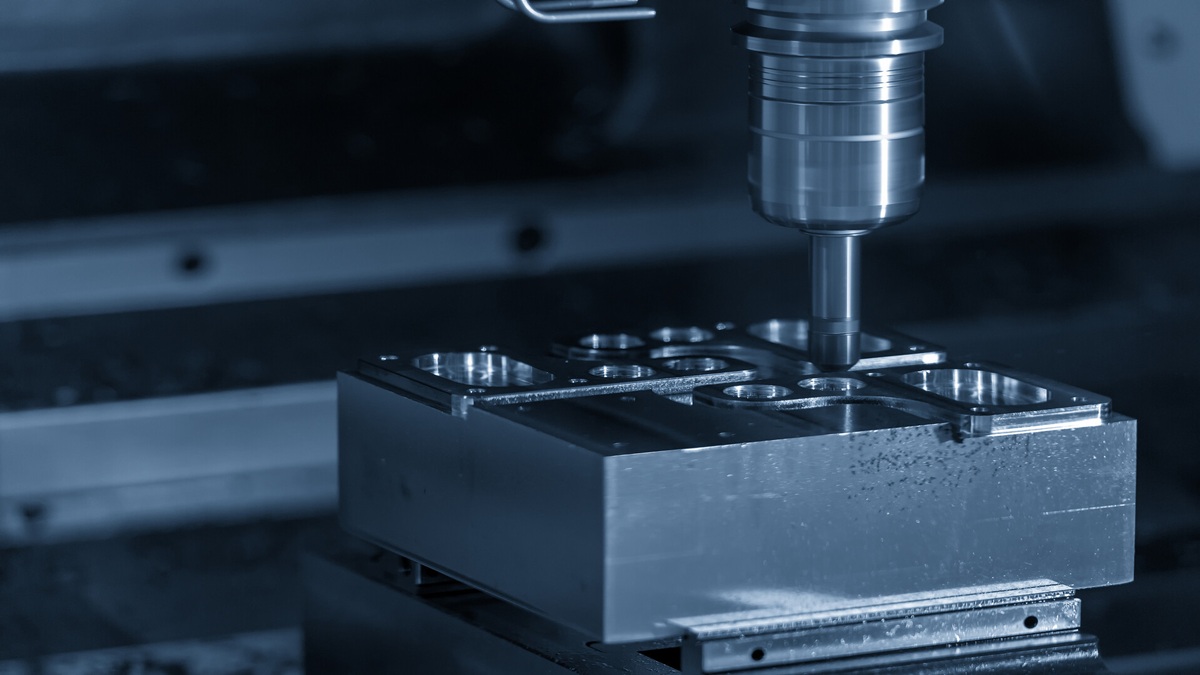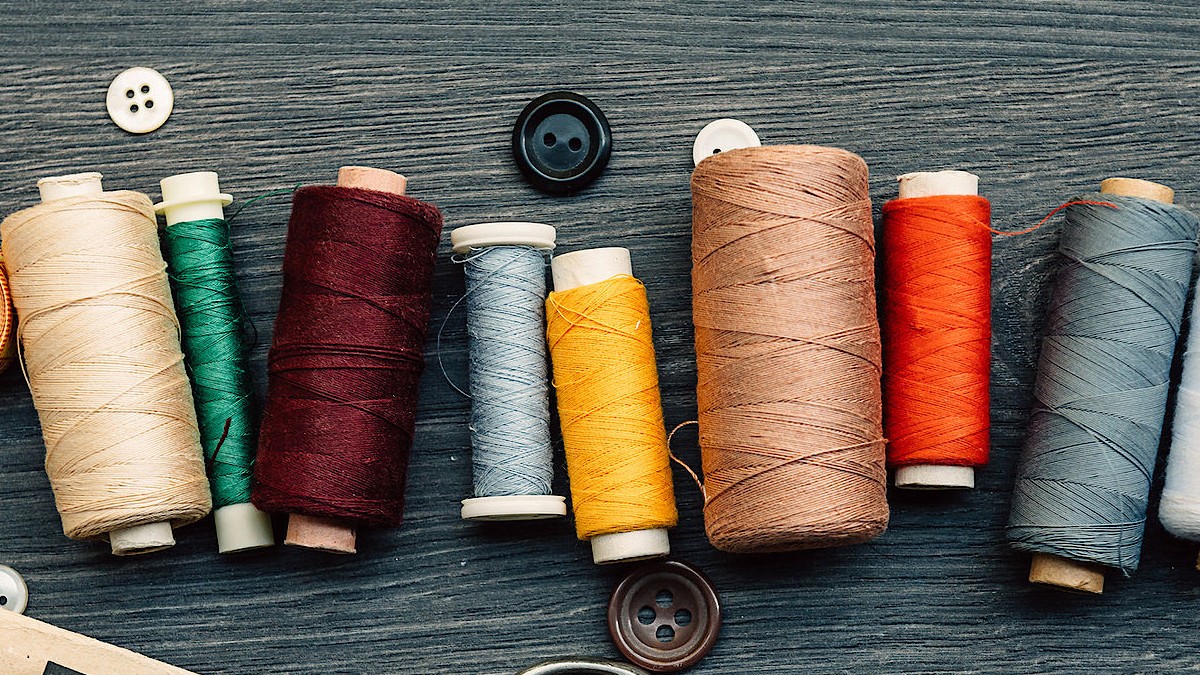Surgical instruments play a crucial role in the hands of skilled healthcare professionals. From delicate scalpels to intricate retractors and specialized probes, each instrument serves a unique purpose, contributing to the success of surgical procedures. In this article, we will explore various surgical instruments, their functionalities, design principles, manufacturing processes, special features, and emerging applications.
Scalpels: Precision in Incisions
A scalpel is a surgical knife with a sharp, typically stainless-steel blade used for making precise and controlled incisions during surgical procedures. The blade's sharpness and angle determine its cutting efficiency and ability to create clean and accurate cuts.
Scalpels are primarily used to make incisions on the skin or other tissues during surgery. They are used for dissecting tissues, separating layers, and accessing specific structures within the body. Scalpels can be used to collect tissue samples for biopsy or pathological examination. Scalpels with extremely fine blades are used in microsurgical procedures requiring high precision, such as neurosurgery, ophthalmic, and oral surgery procedures.
Scalpels are manufactured using high-quality stainless steel or carbon steel with specific hardness and durability properties chosen for the various types of blades. Blades are shaped and sharpened using precision grinding and honing techniques to create a fine, razor-sharp edge. Most scalpels feature disposable blade systems where the entire instrument or just the blade can be replaced after use, ensuring consistently sharp cutting edges.
Surgical Scissors: Cutting with Finesse
Surgical scissors are specialized cutting instruments used in surgical procedures to cut tissues, sutures, or other materials. They differ from regular household scissors as they are designed with specific blade shapes and lengths to facilitate precise and controlled cutting and tissue manipulation in surgical settings, without causing tissue trauma or damage.
They are typically made from high-quality stainless steel or titanium to ensure durability, corrosion resistance, and ease of sterilization. Scissors designed for special applications include:
-Hemostatic scissors for controlling bleeding
-Dissecting scissors for tissue dissection
-Microsurgical scissors for delicate procedures
-Ophthalmic and Iris scissors: Fine-tipped scissors used in ophthalmic surgeries and microsurgical eye procedures.
-Mayo scissors used for cutting heavy tissues and materials.
-Metzenbaum scissors: Delicate scissors with longer handles and curved blades for fine dissection.
-Littauer stitch scissors have fine, pointed tips that allow for precise and controlled cutting of sutures without damaging surrounding tissues.
Hemostats: Controlling Bleeding
Hemostats, also known as arterial forceps or clamps, are surgical instruments used to control bleeding by clamping blood vessels or tissues during surgical procedures. They play a crucial role in maintaining a clear surgical field and preventing excessive bleeding, which is essential for successful surgeries and patient safety. Hemostats can also be used to grasp and hold sutures while tying knots, ensuring secure closure of incisions or wounds.
Hemostats have serrated jaws and teeth that provide a firm grip on tissues or vessels without slipping. They are equipped with a locking mechanism that maintains the hemostat securely in the clamped position. Hemostats typically have long handles that provide leverage for easy manipulation and exertion of pressure, making them suitable for use in deep or confined surgical sites. Hemostats come in various sizes and configurations to accommodate different surgical needs and anatomical variations. For example, curved hemostats are suitable for accessing vessels in deep or narrow spaces.
Suction Devices: Clearing the Field
Suction devices, also known as suction pumps or suction units, are used to remove blood, unwanted fluids, secretions, or foreign materials from a patient's body or a surgical site, maintaining a clear view for the surgeon. They can be manual or powered, with various tip designs for specific suction needs. Modern suction devices may incorporate filtration systems to prevent contamination.
In respiratory care, suction devices are used to clear the airways of mucus or other secretions, aiding in breathing for patients who have difficulty clearing their air passages independently.
Other Surgical Instruments
-Surgical probes that aid in exploring tissues, locating structures, or assessing abnormalities. They are slender instruments with a pointed or blunt tip, designed for gentle manipulation without causing tissue damage. Probes may have graduated markings for measuring depths or distances.
-Speculums used to widen or hold open cavities or orifices during procedures such as pelvic exams or endoscopies. They come in different sizes and shapes, with adjustable mechanisms for optimal positioning and visualization.
-Retractors used to hold tissues or organs aside, providing a clear view of the surgical site. They come in self-retaining or hand-held types and are designed to be atraumatic to surrounding tissues. Advanced retractors may include adjustable blades or light sources for enhanced visibility.
-Needle Holders are essential for securely grasping surgical needles with precision and reducing the risk of accidental needle sticks during suturing. Some needle holders feature ratchet mechanisms for better control and grip strength.







.jpg)
.jpg)
.jpg)

.jpg)

點-m-90454917_m.jpg)
